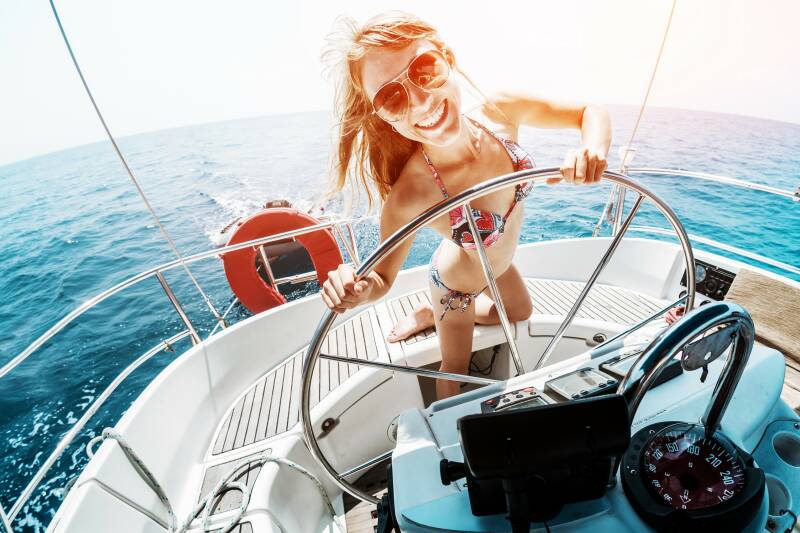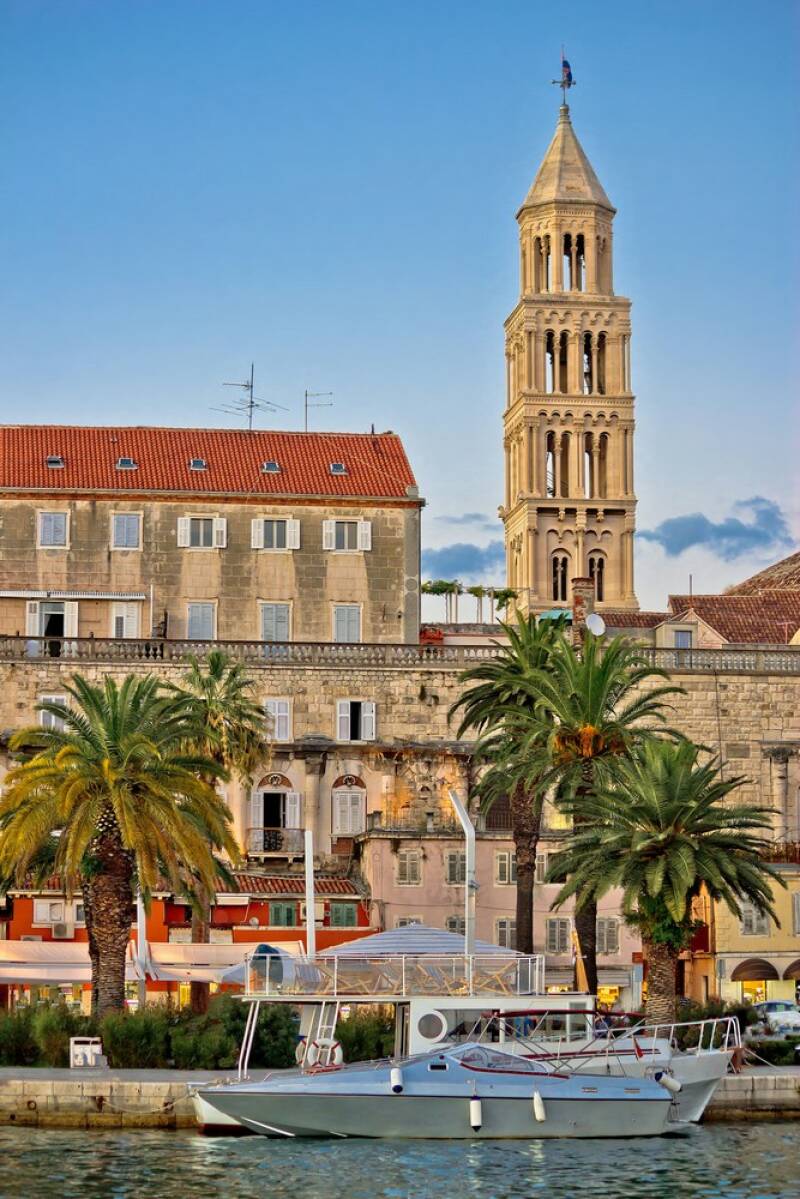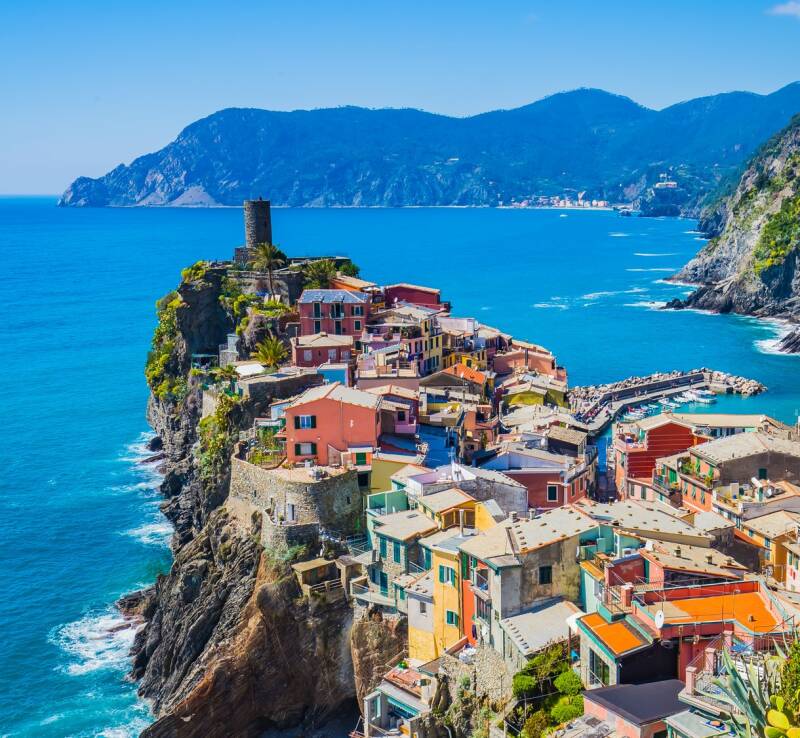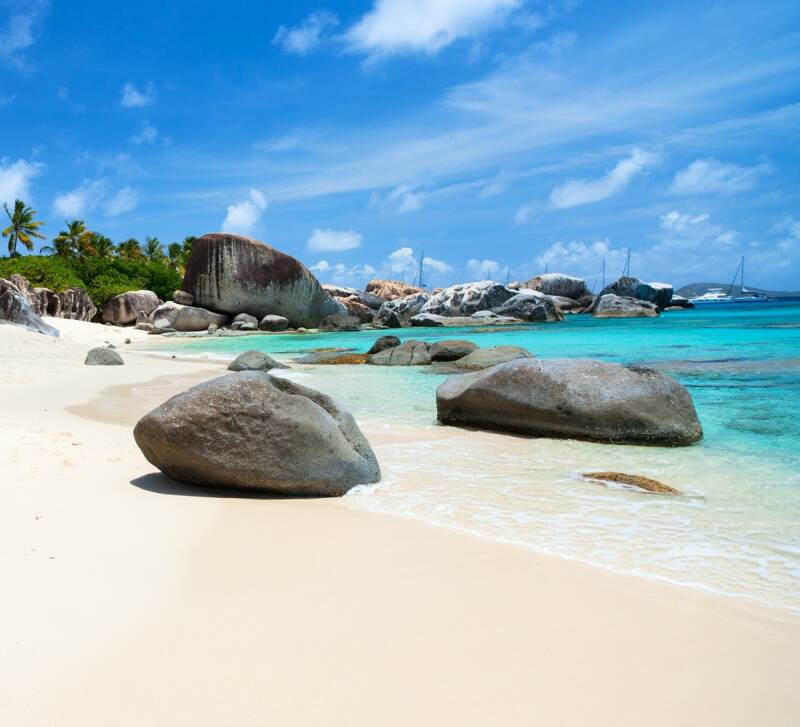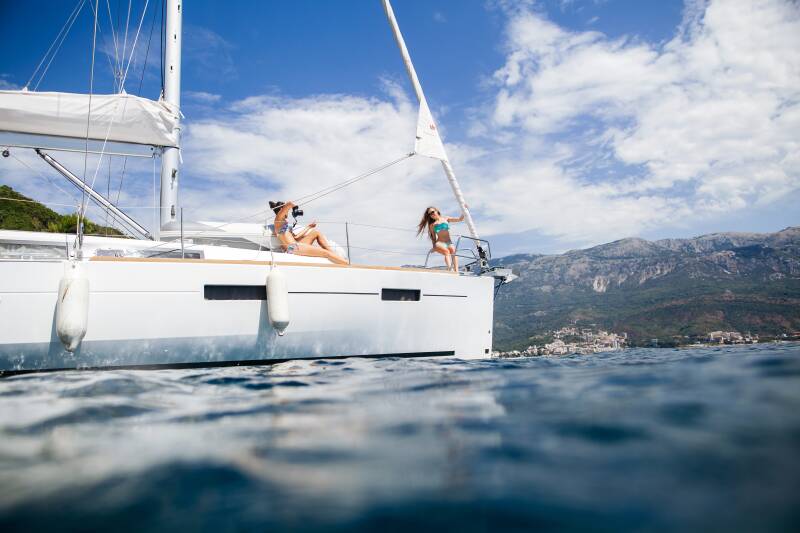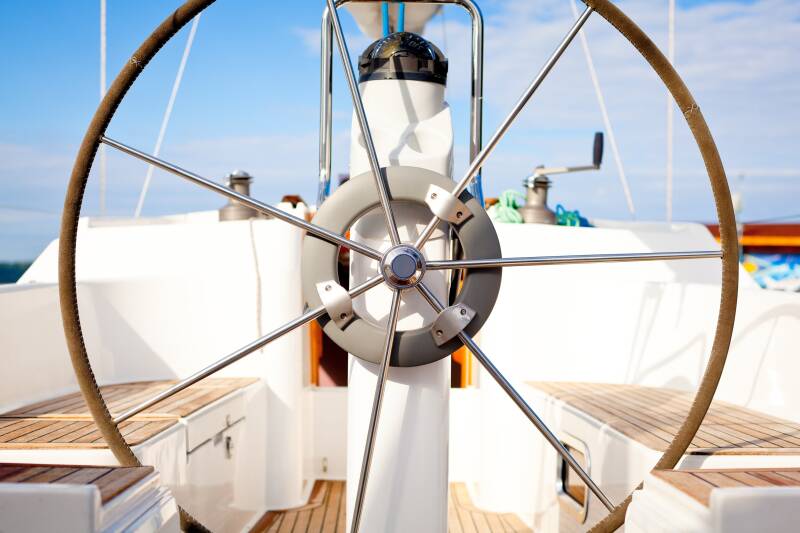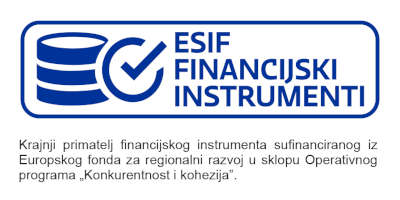Sailboats are classified by hull type (monohull or multihull), by sail configuration (sloop, ketch, schooner, catboat) and by purpose (cruising, racing, sport). Cruiser yachts are normally chartered as they provide comfort, have several cabins to accommodate guests on board and open cockpit seating.
Sailboat Basics
If you are new to sailing, you should get acquainted with your sail boat. Here are the basics.
The forward part of the sail boat is known as the bow, and the back half as aft or the stern. The bow's location directly relates to the two most important sailing terms - port and starboard.
When you look forward towards the bow, the left-hand side of the sail boat is known as port, and the right-hand side of the sail boat is called starboard. The direction from which the wind is blowing is called the windward, and the opposite direction is called leeward. The horizontal pole in the sailboat that connects to the foot is called the boom, and can be very dangerous, so take extra care about its position (or better, your position in relation to the boom).
The flat piece of wood or plastic under the boat is called the rudder, and it is used for steering the boat. The ropes that control the sailboat are known as the sheets.
Sailboat Charter
Sailing is a perfect activity for adventure seekers. It used to be the only way of traveling across the seas, but today sailing is so much more - recreation and a way of life. There is a huge number of sailing boats in the yacht charter market today. Sailing boats are propelled by the wind, as well as by diesel-powered engines in case there is no wind to get around.
Sail boats for charter are more economical than motor yachts since they have less fuel costs but require more experience and skills.
Depending on your sailing skills and comfort preferences, choose one of the following options for your sail boat charter - bareboat, skippered, or fully crewed.
Benefits of Sailboat Holiday
A sail boat charter takes you to places only reachable by sea and provides an unforgettable and exhilarating adventure. The freedom of sailing a lovely sailboat is unparalleled when the wind hits the sails, and you feel the spray on your face.
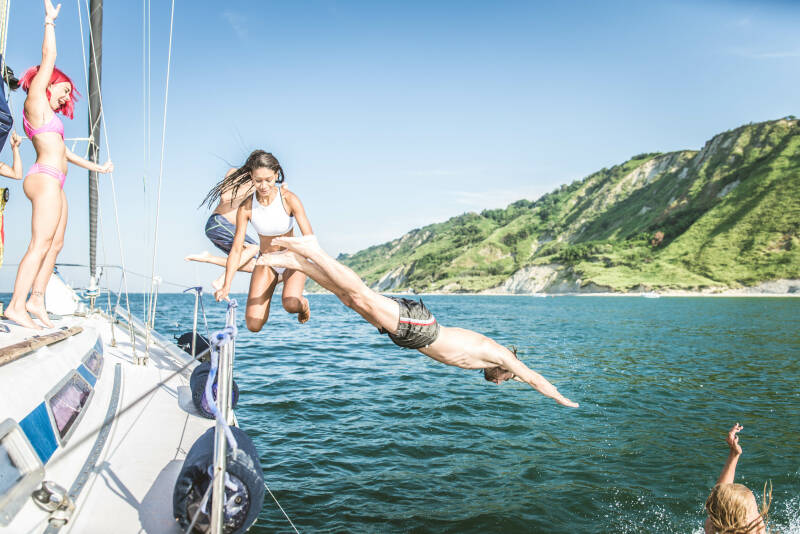
Sailboat charters can be done on numerous locations, providing you a unique opportunity to sail every holiday in a new location. A charter sailing boat gives you the feeling of that primeval connection of man and sea. However, modern charter sail boat also offers you space and luxury due to technology and its equipment. Although it requires you to spend more time on deck enjoying rolling on the sea, when you get below the deck, you have quite comfortable cabins, a kitchen and bathrooms.
Find a sailboat in your dream destination
Leisure Sailing
If you are more interested in sailing as a leisure activity rather than a sport, charter a sailing boat and enjoy all the benefits of a modern sail boat charter. Today, nearly every sailboat charter uses roller-furling technology to make sailing a more leisurely activity. Most commonly, roller furling would be implemented on the front sails of your sailing boat. This comes in handy if you are somewhat short-handed. There are several different types of mainsails on modern charter sail boats for you to choose from depending on whether you want to get the best performance out of the mainsail, or if you are more interested in ease of use. There are also some systems that combine the options and utilize lazy-jacks and a canvas nest.
Winds
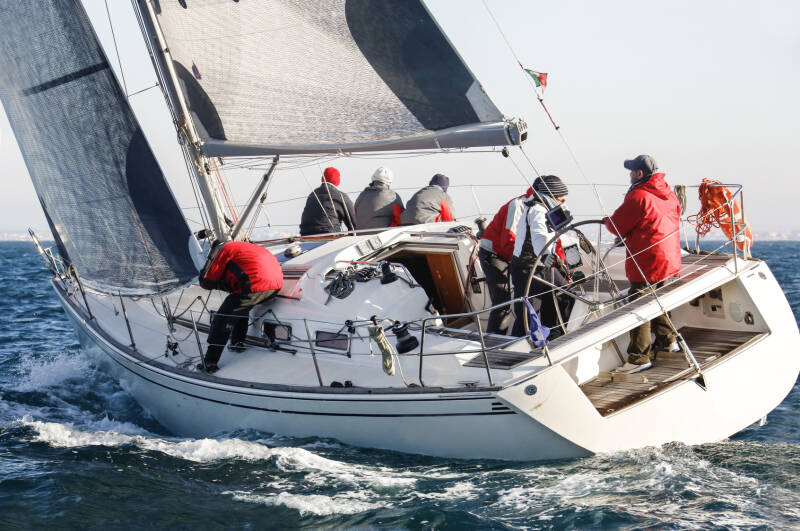
There is no point in chartering a sail boat unless you can, well, sail it. So, naturally, it is best to charter a sailing boat in seasons when the breezes are frequent, constant and steady depending on your chosen sailing location. However, unless you and your crew are experienced sailors, you may want to avoid seasons with strong cold winds and high seas. Also, avoid windless seasons or you will end up listening to the sailing boat's diesel engine. And that is not quite the point of sail boat charter, is it?
How to Select a Sailboat
When looking for a sail boat charter you will need to look at the following: the number of cabins, the minimum size of the yacht required in some destinations, the luxury-to-performance ratio, your sailing skills (and your crew’s sailing skills), your budget, the age of the yacht, and, finally, the brand of the yacht.
Find all the tips and tricks on how to choose the perfect yacht according to your needs and desires.
Safety & Necessary Equipment
Chartering a sail boat for your holidays is not all about enjoying the sun and the sea. You should also bear in mind the safety of your crew, yourself, and your boat. Safety on a sailing boat includes a range of activities and equipment.
First, you should understand the right of right-of-way rules to avoid collisions with other boats. Right-of-Way (ROW) rules are: a sailboat running free must keep clear of one close hauled; a sail boat close hauled on the port tack must keep clear of a sail boat close hauled on the starboard tack; when both boats are running free on opposite tacks, the vessel with the wind on the port side must keep clear; and when both boats are running free on the same tack, the boat to windward must keep clear.
Emergency Procedure
Adopt a healthy attitude in case of an emergency - do not panic - and use a float plan to alert rescuers in an emergency. Make sure you and your crew wear a PFD (personal flotation device) at appropriate times - children should wear them all the time - since falling off the boat is the leading cause of boating fatalities. Using a safety harness in rough weather, as well as when sailing solo, is a smart idea. In case someone does fall overboard, you need to know crew-overboard (COB) manoeuvres. You should also practice them in advance.
Another important sailing safety advice is to sail with the VHF radio turned on to be on the alert for distress calls and other important notices.






